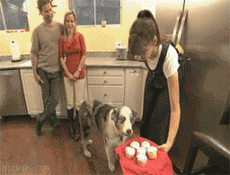- 702
- 82
- Joined
- Mar 12, 2013
McClouth
Markakis
Machado
Davis
Jones
Hardy
Wieters
Flaherty
*Roberts
I wouldn't keep Markakis that high. I'd drop him to 5th and move everyone up one. Especially Machado, he needs to be hitting second.
I personally think the O's should make a big push for Garza and Peavy. Take out that one game against Cincy from Garza and he's been pretty damn good so far. The velo will come back.
Buck likes the left right left right with wieters switch hitting.
And I want cliff lee

 don't tell that to a lot of fans who belittle Bonds and the rest of them...bring up some of those names associated with amphetamines and they lose their minds.
don't tell that to a lot of fans who belittle Bonds and the rest of them...bring up some of those names associated with amphetamines and they lose their minds.











